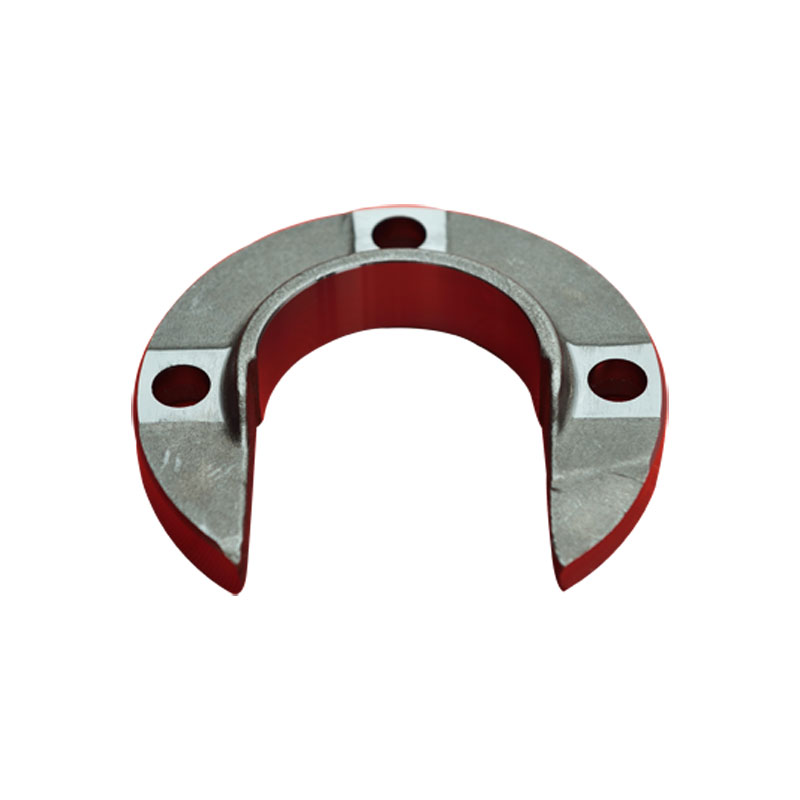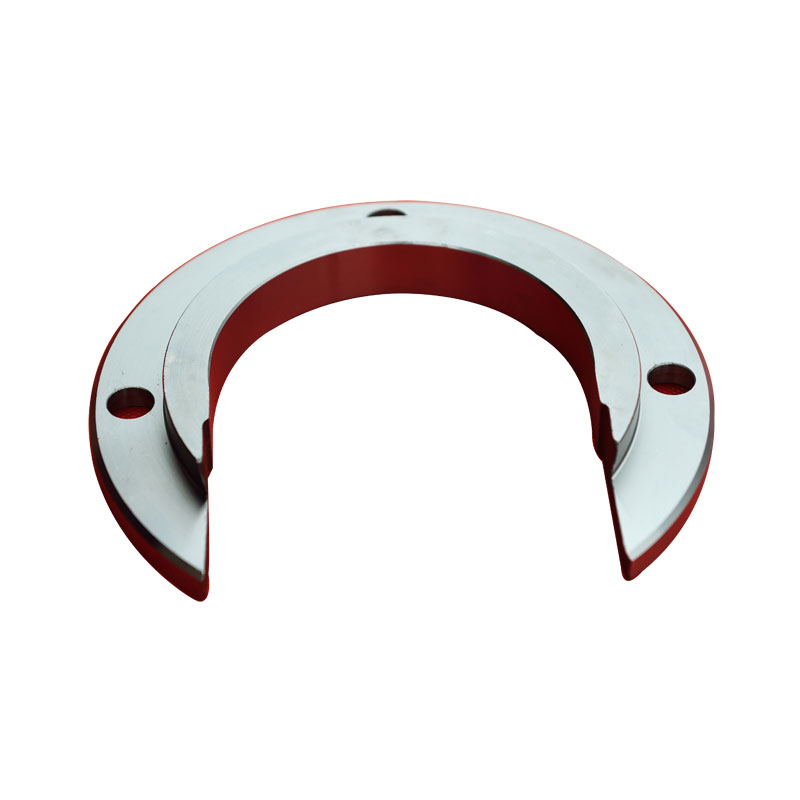What is precision forging?
2022-05-17
Precision forgings are usually processed by die forging (referred to as fine forgings) is in general or special die forging equipment forging high precision of a little, no cutting new forging process. Thus, it replaces the traditional forging method and achieves the purpose of saving materials, improving the productivity of forging plant and improving working conditions.
Precision forging process features, fine forgings can be divided into room temperature, medium and high temperature forging according to the different temperature of deformed billet.
Fine forging should be calculated billet, at the same time the cutting quality and precision requirements are high. Due to the closed forging, less and no oxidation heating method should be adopted. The billet of room temperature forging should be softened (annealed) before forging.
The precision forging die usually uses the combination of forging die, and has pre-forging (initial forging) and precision forging (final forging) two steps and two feeding die, precision forging (final forging) is higher than the forging two.
Because precision forging has significant advantages of saving metal and greatly reducing cutting time, such as forgings of straight bevel gears and helical gears with teeth, there is no need to cut after forging, and the blade body part of blade precision forging does not need to cut again.
Precision forging process features, fine forgings can be divided into room temperature, medium and high temperature forging according to the different temperature of deformed billet.
Fine forging should be calculated billet, at the same time the cutting quality and precision requirements are high. Due to the closed forging, less and no oxidation heating method should be adopted. The billet of room temperature forging should be softened (annealed) before forging.
The precision forging die usually uses the combination of forging die, and has pre-forging (initial forging) and precision forging (final forging) two steps and two feeding die, precision forging (final forging) is higher than the forging two.
Because precision forging has significant advantages of saving metal and greatly reducing cutting time, such as forgings of straight bevel gears and helical gears with teeth, there is no need to cut after forging, and the blade body part of blade precision forging does not need to cut again.
As precision forging strengthens all relevant links in the die forging process, the cost is increased. Therefore, precision forging is generally used for parts that are difficult to cut or laborious, as well as forgings with higher requirements on performance, such as gears, worm wheels, twisted blades and aviation parts.


X
We use cookies to offer you a better browsing experience, analyze site traffic and personalize content. By using this site, you agree to our use of cookies.
Privacy Policy



